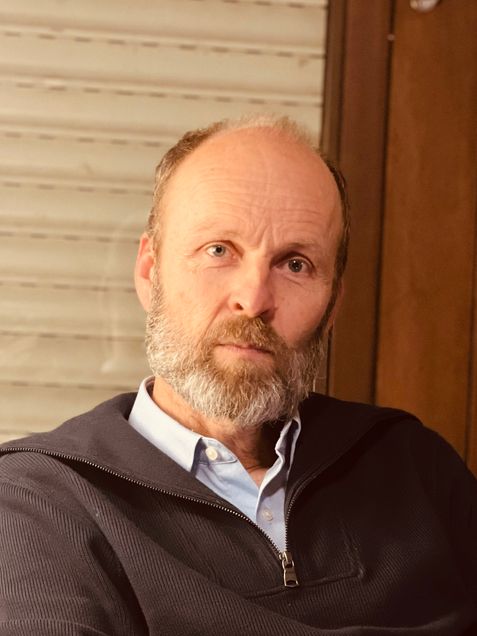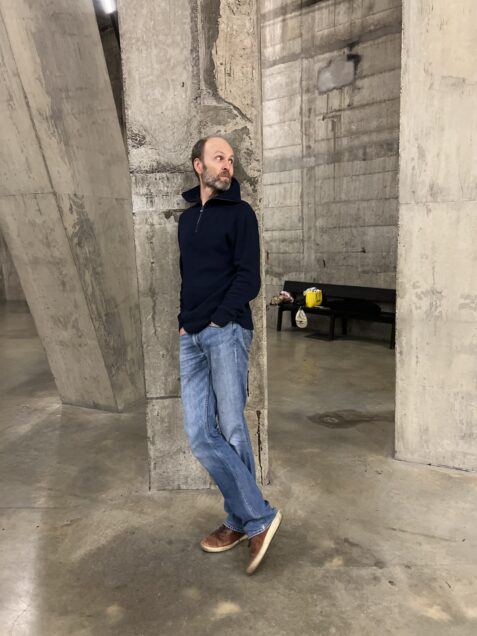Abby Van Selous (COM’24)
When Physics Professor Martin Schmaltz was a young boy, his parents took him out into the forest to look at plants and animals. They also gave him a chemistry set, which he used in the bathtub, he said.

“So I was always interested as a child in sciences,” said Schmaltz, a theoretical particle physicist.
Schmaltz chose to focus his studies on physics, combining his interest in science with his strong math skills.
For most of his career, Schmaltz has focused on building mathematical models to study particle physics, which is the study of what everything is made of at the smallest levels and at the most fundamental level, he said.
Then, 10 years ago, Schmaltz read The First Three Minutes by Steven Weinberg, a popular science book by a Nobel Prize-winning physicist that explains what happened at the very beginning of the universe. As a result, he developed an interest in cosmology, which, he said, is the “opposite of particle physics in that it concerns itself with the study of our universe on the largest scales.”
In cosmology, physicists study the evolution and history of the universe to make predictions about what happened in the early universe when there were only fundamental particles and no suns, planets, or galaxies, Schmaltz said.
Today, his research is at the intersection of particle physics and cosmology, specifically understanding the physics beyond forces that are already known, that are, he says on his website, “lurking, ready for us to discover, describe and confirm.”
In the area of cosmology, Schmaltz is interested in the physics of particles that are not directly observable in laboratory experiments but which contribute to the energy budget of the universe and thereby affect its expansion history. In the area of particle phenomenology, he studies Leptoquarks, a hypothetical new particle with quantum numbers allowing them to couple to quarks and leptons simultaneously.

“I’m interested in both particle physics and cosmology, in studying our world at the smallest scales and the largest scales,” he said. “My work involves constructing new models which could explain these discrepant observations, studies of the viability of such alternate scenarios and suggestions for new experiments which could help confirm or refute them.”
In celebration of his achievements and future potential, Schmaltz was recently awarded with the Humboldt Research Award, given by the Humboldt Foundation to up to 100 researchers each year in recognition of their career research accomplishments. Schmaltz was the only 2023 winner of the award in physics in the United States.
“I was very happy and very proud,” Schmaltz said. “It doesn’t happen very often that you get some very direct feedback on your research from the people who value your research.”
Through the Humboldt Research Award, which comes with a 60,000 Euro stipend, Schmaltz will travel to and conduct research at the University of Göttingen with Dr. Laura Covi, who nominated him for the award. Over the course of several years, Schmaltz and Covi will study the early universe by combining the fields of particle physics and cosmology.